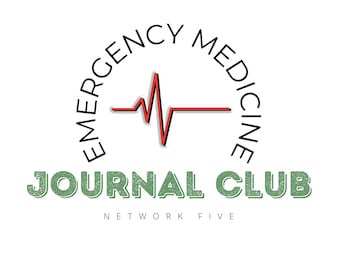
Network Five: Toxicology
Network Five Emergency Medicine Journal Club Episode 19 - Toxicology reviewing papers on chemical warfare agents, Clozapine and drug overdose in pregnancy.

Network Five Emergency Medicine Journal Club Episode 19 - Toxicology reviewing papers on chemical warfare agents, Clozapine and drug overdose in pregnancy.

Levetiracetam (keppra) is a drug used as an anticonvulsant as monotherapy, or an adjunct, and as a Tier 2 agent in status epilepticus.

Desmopressin (DDAVP) is a drug used primarily for diabetes insipidus, haemophilia type A, and von Willebrand's disease.
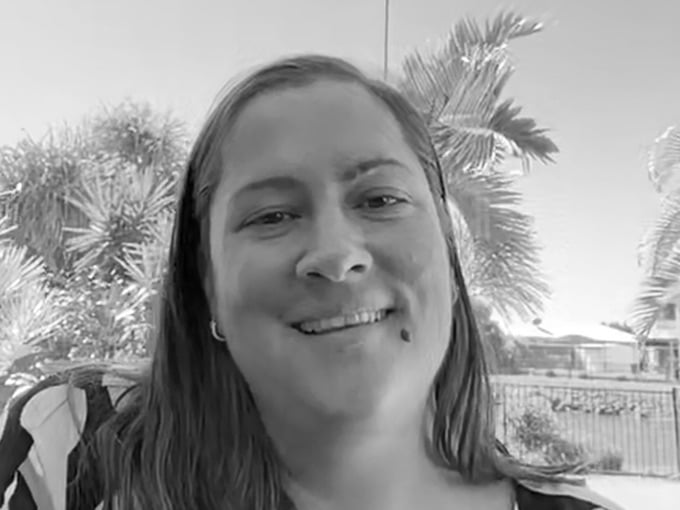
What's the best antidote to a hangover? Is 3-strikes-and-you're out fair? Why go peripheral? And how do you get a Gold Medal?
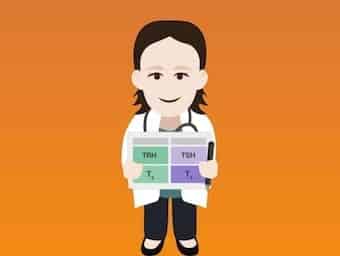
Medmastery: Thyroid Disease Masterclass. The effect of amiodarone on thyroid function
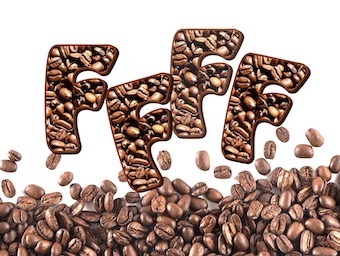
Funtabulously Frivolous Friday Five 345 - Just when you thought your brain could unwind, enter the medical trivia of FFFF.

Medmastery: Review of the appropriate use of thionamides today, as we continue our journey through the Thyroid Disease Masterclass.

Touching a nerve on tribalism, the doughnut sign, life in Alice, gravel rash, beanies and cossack dancing... in pumps.

Medmastery: Thyroid Disease Masterclass course, explores the differences between primary and secondary hypothyroidism

Franz Wiesbauer explains the relationship between pH, HCO3 and pCO2 and a simple rule which will help you decide whether the primary problem is respiratory or metabolic in nature.
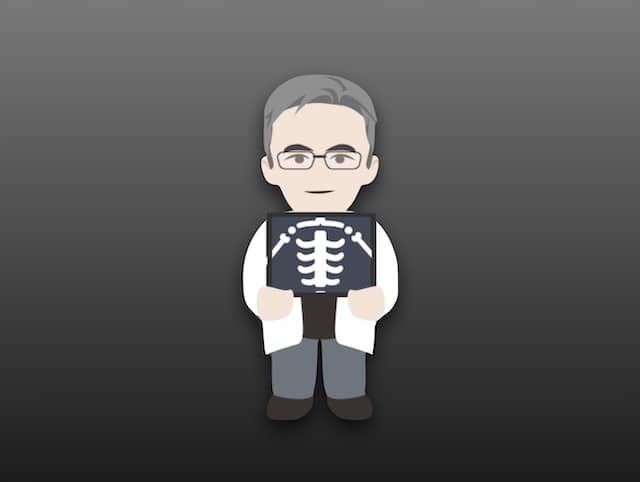
Julian Dobranowski Medmastery video helps you identify aberrantly positioned endotracheal tubes (ETT) on chest x-ray by locating the tip of the ETT and the position of the carina.
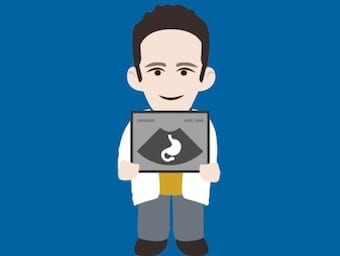
Dr Nikolaus Mayr, we review strategies to ultrasound the pancreas and help identify pancreatitis with the help of ultrasound imaging.